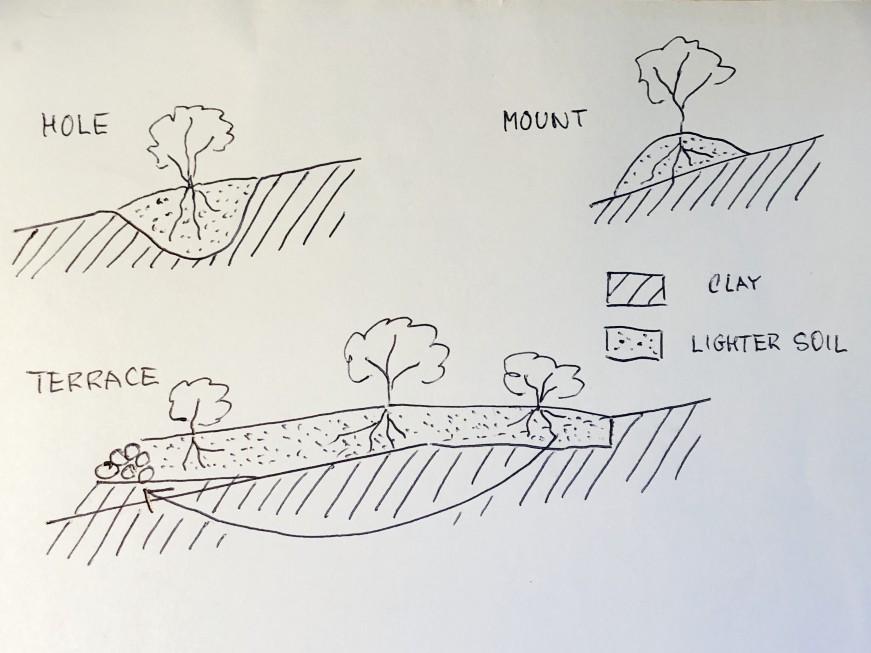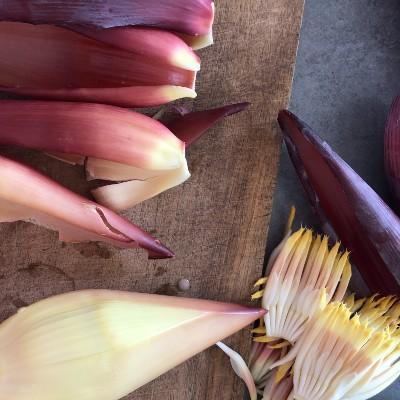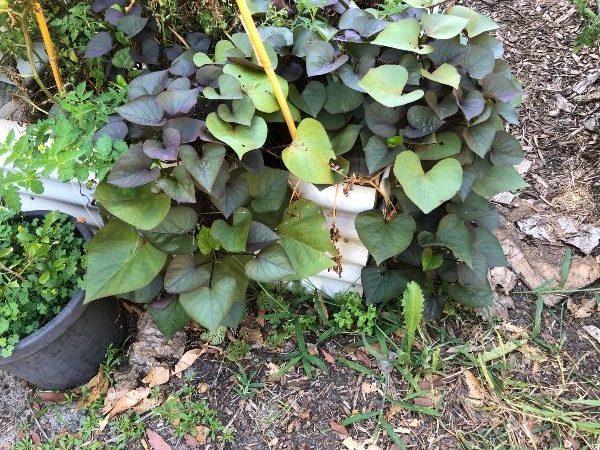
The best way to understand how the water flows on your property is to put on the gumboots and a raincoat and walk on your property when it’s pouring down. In this way you will discover things you would miss otherwise.
Rain falls on the landscape. Some water soaks into the soil and whatever doesn’t soak in, it runs off on the surface, down the slope. Then it joins with the stream from the opposite side in a valley and forms a stream. The upper valley is steeper and V-shaped. Water often digs holes, canyons, ponds and waterfalls. It carries a lot of sediment with it. It’s unstoppable. The upper catchment always suffers most from lack of water, so to store water in this area is very beneficial.
Further down, the valley becomes U-shaped and, later still, flat. As the slope decreases, sediment drops: first sand, then leaves, twigs and mud. The stream still carves, but in a less noticeable way – the creek naturally creates bends. The sediment is deposited on the inner side of a bend and the outer side is being carved further and further, undermining the trees on the bank. In this way the bends move all the time. Sometimes, an old bend becomes abandoned as the water finds its new way and creates a billabong.

This meandering is not a waste of space. It creates a big natural sponge under the ground, which releases moisture over a long time. Farmers would graze the cattle on the upper slopes when it’s wet and use the rich grazing areas by the creek when the slopes dry up.
Where the land is really flat, there are natural floodplains and marshes. Each flood causes an explosion of countless algae, insects, mollusks, yabbies and fish. Tall reeds sprout from rhizomes and cover large areas. All the plants flower and seed. Large flocks of birds travel from afar to feast on this bounty.
To the white man, this is not useable land. They drain the marshes to get arable land, or orchards, or pastures. Then the drought comes and the farmer has to irrigate or cull his flocks. The wind picks up and blows away the topsoil. The common Australian story.
So, what does this mean for your property? How do you want to use it? How much water will you need and where do you get your water from?
I covered some ways of water harvesting in my blog Shaping Your Lant to Increase Abundance.
Our swales were build by a contractor who was using a digger. He did not know what a swale was, so we explained that we want a long shallow dam along the slope. We measured the contour and we laid down some old timber where the wall should be (inspired by Huegelkulture).
We made two swales. One held the water for a day or two after a heavy rain (our soil is heavy). The other swale was more permeable, perhaps there was more timber underneath.
Using the digger always tempts you to pile the soil for the bottom wall quite steep. In hindsight, it should have been a gentler slope.
Deep ripping is an excellent idea on lands compacted by heavy machinery or on heavy soils. We did not do any ripping on our land. In hindsight, it would have been a good idea. Ripping is done nearly along the slope but lowering slightly out of the valley centre, so that the water is diverted away from the creek – see the Yeomans system for more details.
All the gardening books advice not to plant trees into holes in clay. It makes sense – after every rain the hole with lighter soil turns into a swimming pool. The advice is to plant on mounts, which have another disadvantage – they dry up too fast in the drought.
Terracing gets rid of this problem. Create a flat area with clay, put lighter soil on top of it and put a stone wall or a log at the lower end to hold it.

It is often overlooked that the best way to prevent erosion is thick vegetation. Look at this tall grass slowing down the flow of water!

When you have a system of dams, make the feeding channels nearly horizontal (1:500 to 1:1000 fall) to prevent erosion. Each dam needs an overflow which leads into the next dam down. Also, dams can have a pipe outlet with a valve. Instead of pumping, use gravity.
The finer particles (silt, clay, humus) will drop only in a dam. You could harvests this good stuff from time to time. Not from the whole dam, just a part, there are lots of creatures buried in that mud even in the drought!

Similarly, if you have several buildings on your property, each water tank overflows into the next one down. If you designed things in such a way that the main water usage is in the lower half of the property, you can use mostly gravity feed.
Of course, I am not against drainage. Houses, roads and paths need proper drainage. I had a bad experience with iron eating bacteria clogging with its red slime any Ag Pipe I tried to install. Since then, I stick to the surface drainage – trenches and ditches. You can see if it’s working or not. Of course, you become an expert in “bridge” building. Oh well..

Leaky dams. One of the ways how to slow down flow of water along the creek or watercourse. This one is build out of stones.
Over time, the water will drop in it some of its load: twigs, sand, pieces of bark, sticks which will slow it down even more.

One day I will write a blog about my “Beaver Works”. There is a swampish area by the watercourse that dries out in drought. I want it more water retentive, so I create bends and shallow ponds. Still work in progress.
All these considerations have to happen BEFORE planting out. I see how many people just plant one tree here and one there, and then it may be too late to correct something. The water and the soil are the keys to success.
Food Forest is an ecosystem. There is consciousness, there is communication in that system. Your efforts are not unnoticed. Your intention is not unnoticed. What you call “luck” can be the nature smiling back at you.
May the Force be with you!



